Archives
- 2025-11
- 2025-10
- 2025-09
- 2025-03
- 2025-02
- 2025-01
- 2024-12
- 2024-11
- 2024-10
- 2024-09
- 2024-08
- 2024-07
- 2024-06
- 2024-05
- 2024-04
- 2024-03
- 2024-02
- 2024-01
- 2023-12
- 2023-11
- 2023-10
- 2023-09
- 2023-08
- 2023-07
- 2023-06
- 2023-05
- 2023-04
- 2023-03
- 2023-02
- 2023-01
- 2022-12
- 2022-11
- 2022-10
- 2022-09
- 2022-08
- 2022-07
- 2022-06
- 2022-05
- 2022-04
- 2022-03
- 2022-02
- 2022-01
- 2021-12
- 2021-11
- 2021-10
- 2021-09
- 2021-08
- 2021-07
- 2021-06
- 2021-05
- 2021-04
- 2021-03
- 2021-02
- 2021-01
- 2020-12
- 2020-11
- 2020-10
- 2020-09
- 2020-08
- 2020-07
- 2020-06
- 2020-05
- 2020-04
- 2020-03
- 2020-02
- 2020-01
- 2019-12
- 2019-11
- 2019-10
- 2019-09
- 2019-08
- 2019-07
- 2019-06
- 2019-05
- 2019-04
- 2018-07
-
EP receptors belong to the family of
2019-09-24
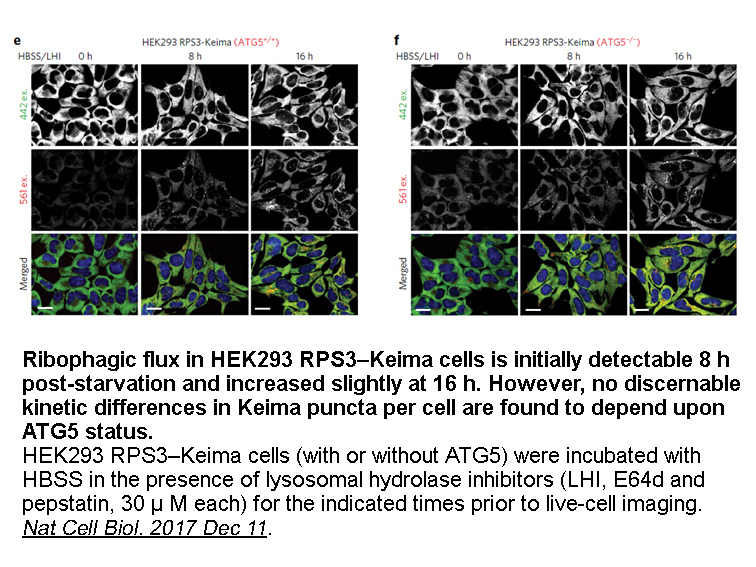
EP1–4 receptors belong to the family of G protein-coupled receptor (GPCR). Trafficking events such as externalization, internalization, recycling and degradation dynamically regulate GPCR cell surface density. A fast-rate of internalization and degradation reduces GPCR surface density to desensitize
-
In the present study we investigated the role of EP
2019-09-24

In the present study, we investigated the role of EP1R after ICH and its mechanism of action. We hypothesized that EP1R activation aggravates ICH injury but that its blockade reduces injury through the Src kinases and the MMP-9 signaling pathway. To test this hypothesis, we examined the effects of s
-
Covalent inhibitors are well suited for targeting the E
2019-09-24

Covalent inhibitors are well suited for targeting the E1 Endomorphin-1 and of Ubl modifications. Because the E1 enzymes in Ubl modifications, such as the SUMO E1 and Atg7, have a slow turnover rate (Boggio et al., 2004), prolonged inhibition can be achieved without requiring compounds to be stable
-
Two GPCR subtypes of interest in the myocardium are the
2019-09-24
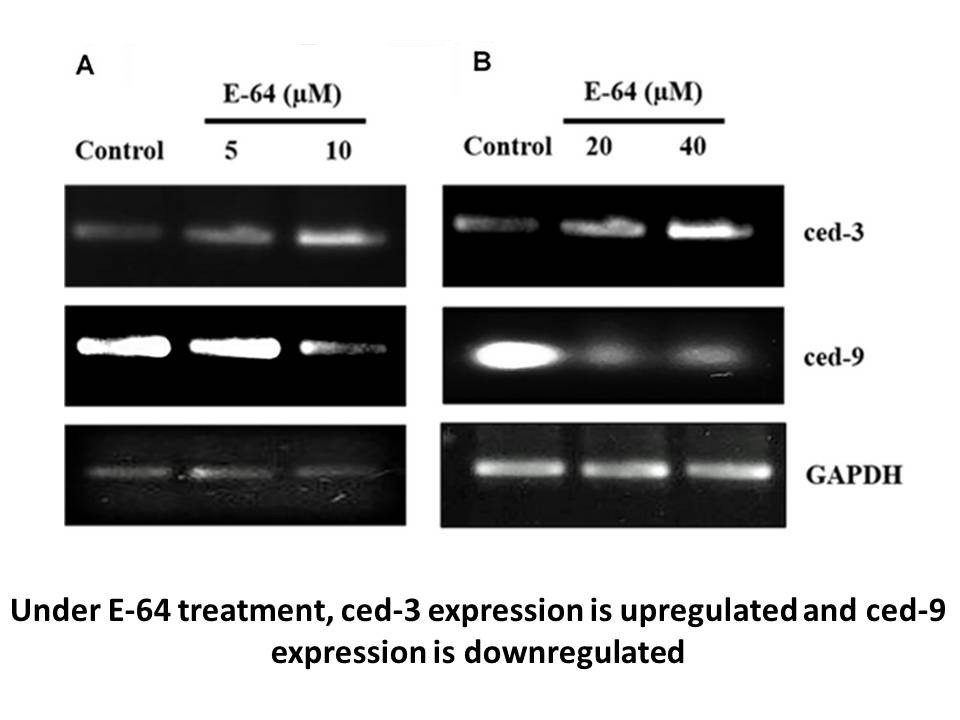
Two GPCR subtypes of interest in the myocardium are the endothelin receptor (ETR) and the α1-adrenergic receptor (α1-AR). Upon ligand binding, these receptors canonically activate the Gαq protein leading to activation of phospholipase C, hydrolysis of phosphatidylinositol 4,5-bisphosphate into diacy
-
The period of status survived before
2019-09-24
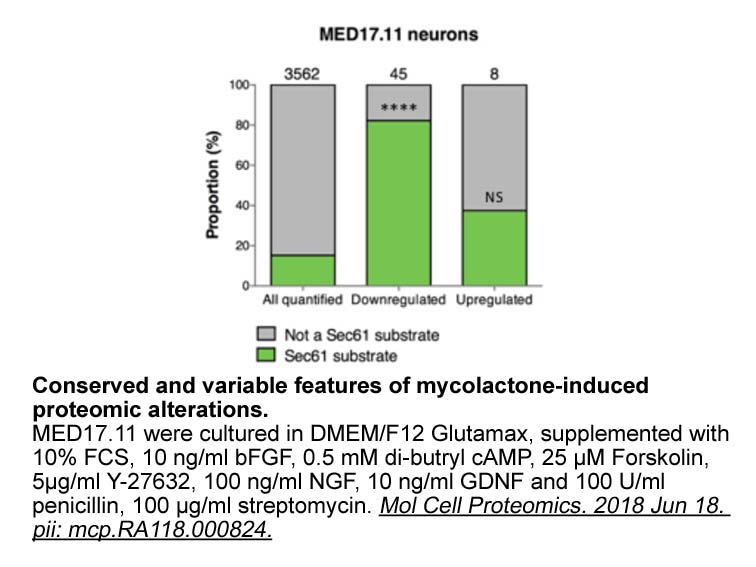
The Betulinic Acid of status survived before transition and its censorship were required to be identified. Referring to the extracted data set in Table 1, the system started to operate at 10:30 with the status 1111 and then changed to the status 1112 at 12:00. The period for the transitional status
-
The estrogenic activity of steroids
2019-09-24

The estrogenic activity of steroids with a C19 methyl group may provide a selective advantage in estrogen physiology that is not provided by E2. In this regard, 5α-androstanediol has been proposed to be a second physiological estrogen in fetal mouse smo inhibitor based on the timing of ERβ synthesi
-
There may be an interplay of EP EP
2019-09-24

There may be an interplay of EP2, EP3, EP4 alone, or in combination, with EP1 for the onset of TCDD-induced neonatal hydronephrosis. EP2 and EP4 have been reported to increase AQP2 phosphorylation and membrane trafficking (Li et al., 2009; Olesen et al., 2011). The EP2 and EP4 mRNA concentrations we
-
As proof of principle the
2019-09-24

As proof of principle, the effect of selective blockade was measured using TAK-044, a peptide antagonist with approximately 250-fold selectivity for the ETA subtype over ETB as measured by ligand binding in the human heart. A 30-mg infusion over 15 minutes of TAK-044 (providing a serum concentration
-
In contrast crystal structures of the oxyester linked Ubc
2019-09-24
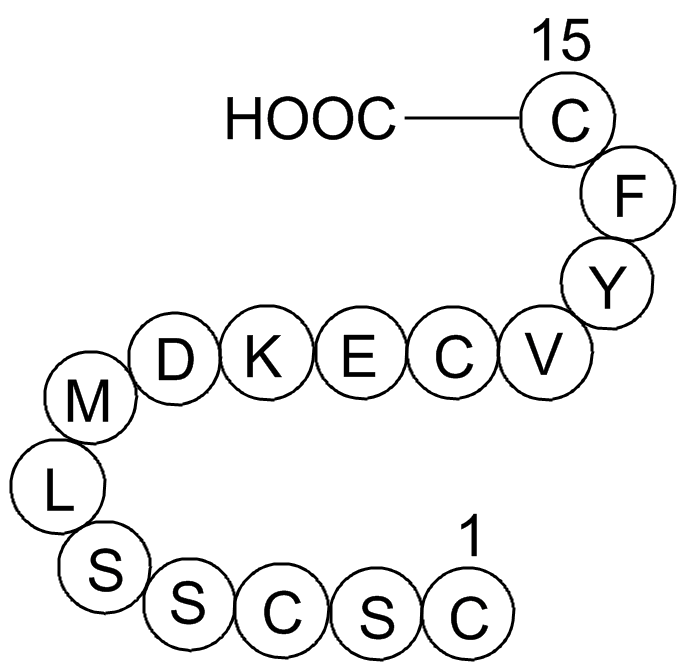
In contrast, crystal structures of the oxyester-linked Ubc13 and UbcH5b conjugates (Eddins et al., 2006, Sakata et al., 2010), and the NMR structure of the disulfide-linked UbcH8 conjugate (Serniwka & Shaw, 2009), revealed distinct open conformations (Fig. 10.3). In part, differences in the position
-
A growing number of other post
2019-09-24

A growing number of other post-translational modifications are implicated in regulation of the ubiquitin system, including substrate modification by hydroxylation, glycosylation, acetylation, methylation, modification by poly(ADP-ribose) (PAR), and attachment of ubiquitin-like modifiers. The HIF1-α
-
Several eukaryotic E enzymes including BRE RNF and
2019-09-24
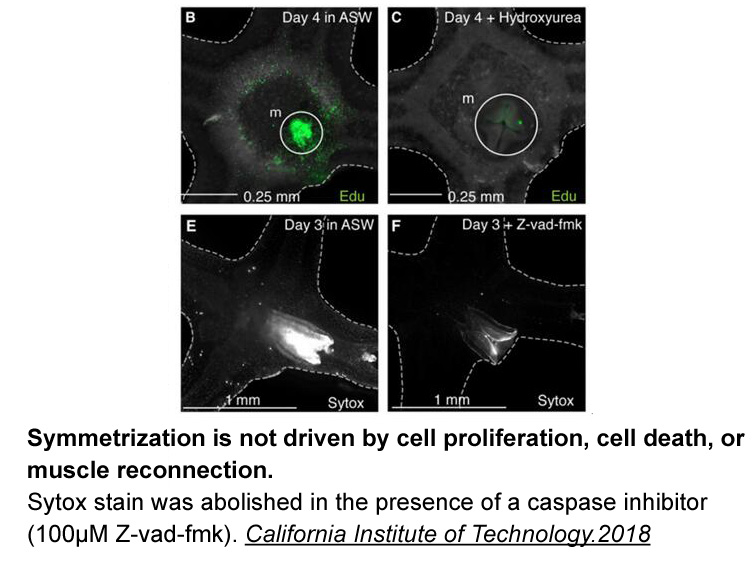
Several eukaryotic E3 enzymes, including BRE1 [49], RNF8 [50], and RAD18 [24], [51], have been reported to partner with UBE2B in the ubiquitination of various targets. We examined the expression levels of these E3 enzymes in HONE1 and TW01 cells; RAD18 was highly expressed in these Eltanexor (data
-
Gliptins have become a part of various therapeutic regimens
2019-09-24
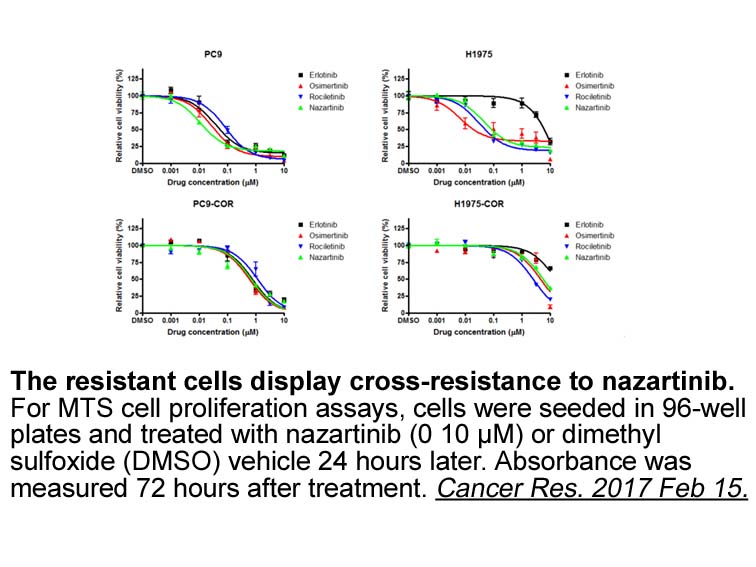
Gliptins have become a part of various therapeutic regimens to treat type 2 diabetics in recent decades. Gliptins were developed to lower the blood glucose in type 2 diabetes patients and have been shown to be effective [4,5]. More than a dozen gliptins have been developed for the treatment of T2DM,
-
br STAR Methods br Acknowledgments We thank
2019-09-24
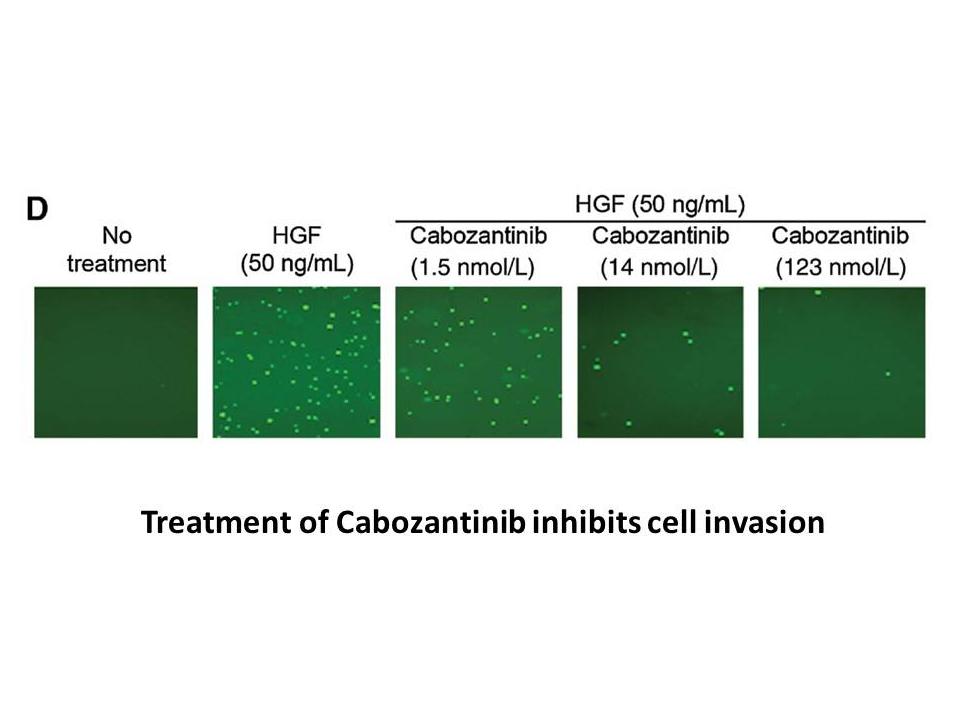
STAR★Methods Acknowledgments We thank Geneviève Almouzni, Sophie Polo, Ralph Scully, Wael Mansour, and Jeremy Stark for providing cell lines and Wolf Heyer, Haico van Attikum, Martijn Luijsterburg, and Brendan Price for helpful discussions. We thank Ratna Weimer, Bettina Basso, Christel Braun,
-
Several of the keloid like lesions seen in these individuals
2019-09-24

Several of the keloid-like lesions seen in these individuals were pigmented. It is of potential relevance that genetic variants in DDR1 [MIM: 600408] have been associated with vitiligo, and DDR1 activation is involved when epinastine clinical are attached to collagen-IV fibers. Because DDR1 and DDR
-
Having generated synthetic cytokines and synthetic cytokine
2019-09-24

Having generated synthetic cytokines and synthetic cytokine receptors, the logical next step has been to design fully synthetic cytokine/cytokine receptor systems, modifying either cytokine/cytokine receptor binding interfaces or cytokine-unrelated combinations of substances and their binding domain
15982 records 979/1066 page Previous Next First page 上5页 976977978979980 下5页 Last page